Foster - rams foundation (original) (raw)
Lord Norman Foster in one of the rooms of his foundation in Madrid, while being interviewed about Dieter Rams Full interview © Norman Foster Foundation
„His appeal is truly universal“
Interview with Lord Norman Foster by Gerrit Terstiege
A large body of work of Lord Norman Foster is associated with an architectural language reflecting the aethetics of technical objects. But what are his views today on industrial design? And how does he see the work of Dieter Rams?
GT: It is well known that Buckminster Fuller and Otl Aicher are among your heroes. You have worked with both. Would you say that Dieter Rams — with his systematic approach, combined with a certain stubbornness — falls into that hero category of yours?
NF: How do I see Dieter Rams in the context of other personal heroes, like Otl Aicher and Buckminster Fuller? I think we are all the subject of influences. Some of those influences we immediately identify. We refer to them. Others are more subconscious. And those influences we then reinterpret, perhaps more personally. But my answer is a resounding yes: I see Dieter Rams as a designer and his influence right up there alongside those other heroes. He’s been and continues to be hugely influential in the manner in which he’s taken quite complex requirements and through a discipline of design, created objects that are intuitively usable and beautiful in their sparse geometry — rendered into something which becomes iconic. I’m sure if anybody spoke to a very dear friend of mine, Jony Ive, about Dieter Rams, he’d wax lyrical in the same way that I would.
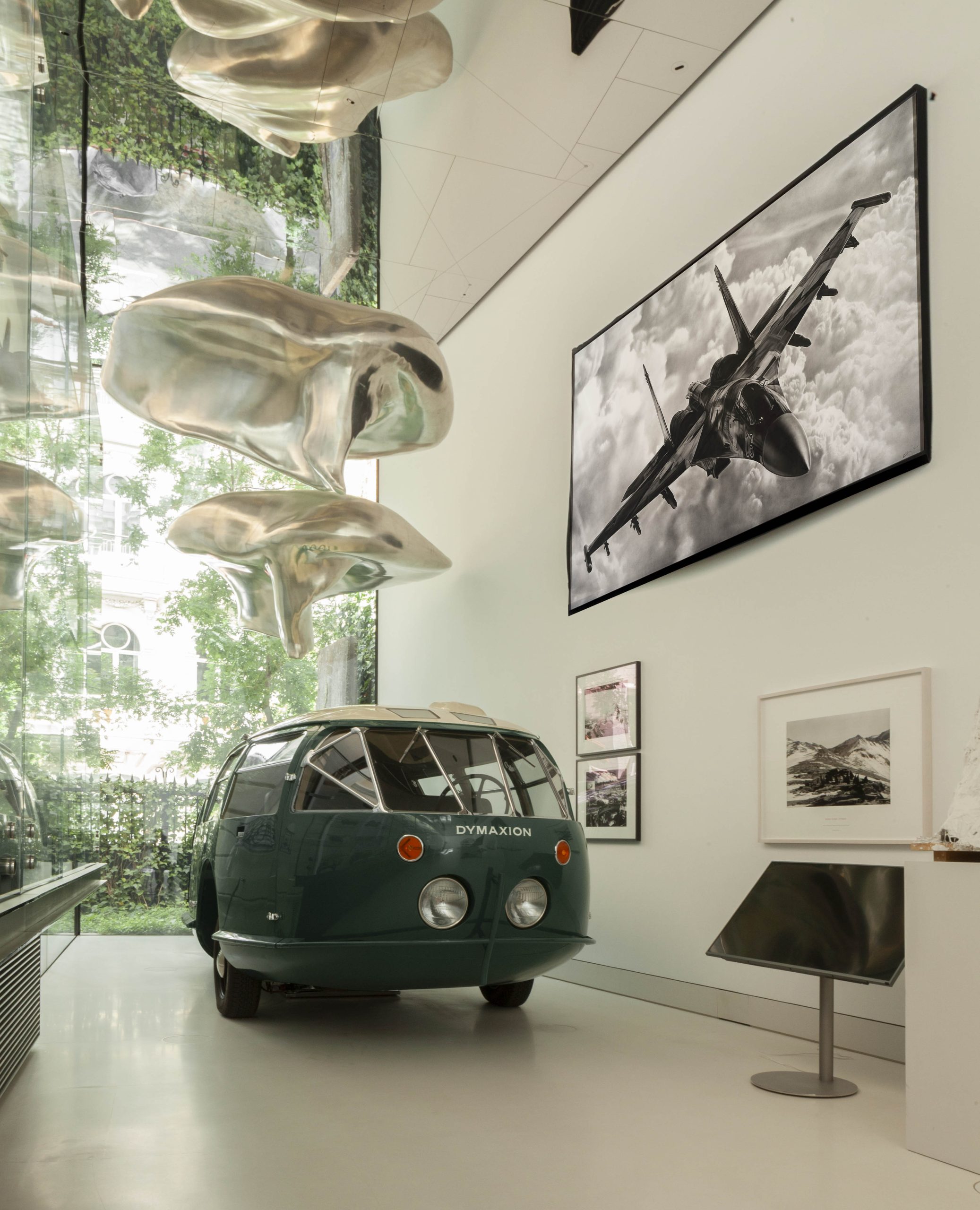
The British architect had the “Dymaxion Car” automobile study, designed by Richard Buckminster Fuller in the 1930s, extensively recreated around 2010
© Norman Foster Foundation
GT: Do you remember the first time you saw or used a Braun product?
NF: I can’t remember the first time. But discovering the work of Dieter Rams and his team must have been in that period from perhaps returning from Yale after doing the Masters. Either that, or it was when I was a student at Manchester before going to the States. But in that early period as a student.
GT: Have you ever proposed Vitsœ furniture or the shelving system 606 to be included in a building you designed?
NF: Of course they’re everywhere throughout my home, and they definitely pop up in buildings that I’ve worked on, for sure.
GT: There are quite a few renowned architects, designers, artists and authors from Great Britain that have expressed their appreciation for Dieter Rams and his design language. You already mentioned Jony Ive, but there is also Jasper Morrison, Sam Hecht, the artist Richard Hamilton, the author Sophie Lovell, who has published a monography on Rams — all British! While Vitsœ, the company that produces his furniture design, is even located in Great Britain today and run by Mark Adams, a native of Ipswich. Why do you think Rams designs appeal especially to British creatives?
NF: Since you mentioned the Vitsoe factory: The roof lights there were designed by the industrial design group within our practice. We were not the architects for that building, but it was very nice that they used products that we have designed. I think that it’s very much to the credit of Dieter Rams, that he’s moved so many writers and practitioners from the UK to eulogise about his work. But I don’t think it’s specific in any way to the UK. I don’t think there’s necessarily a greater appreciation of what he’s done. His appeal is truly universal. His work is in many ways quite witty. The touches of colour, the changes of contrast. It’s wonderfully optimistic. There’s a lightness of touch. There’s an elegance. It’s a very personal interpretation. Of course, I’m sure that if you talk to Dieter Rams about influences, you’d find, I suspect, a continuum. You’d find a continuum into the angularity of the Bauhaus movement. But having said that, his style is wonderfully personal.
GT: For decades, German design was considered „rectangular and reliable“. Certainly that image was in great part shaped by Braun and Dieter Rams. Would you say there are still design traits that can be associated with certain nations? Or has design been globalized by now in the way that architecture has?
NF: Architecture has certainly had a globalizing effect—and to questionable ends. So I’m aware that we’ve challenged the globalization of architecture by creating certain buildings. For example, in a desert environment that has been informed by the traditional architecture of the desert, in an age before cheap energy, before you could throw a switch and have air conditioning. So how do you cool? By natural means. And that’s a different kind of architecture. On the other hand, I’m also aware that we link into a global chain of suppliers and materials. That is the reality of our age. You see the same tendencies in the hardware of aircraft where there are essentially only two large manufacturers. You see the same thing in terms of automobiles: fewer and fewer, larger entities operating globally. So those tendencies are certainly manifest. But to what extent do they iron out differences in the field of design? I think there are still countries that you associate with a certain identity of design. Dieter Rams does come out of a certain Germanic tradition, which is a very noble one. You could also identify aspects of design in Japan, which are more of the place. The same would be true of Italy. So there are these more national undercurrents. But without question, Dieter Rams‘ work has been globally merchandised. It has a certain universality.
GT: You mentioned automobiles. When we look at today´s car design, for instance, there seems to be a certain aesthetic decline. A lot of cars seem to lack character and elegance. Do you agree?
NF: Car design has certainly got more boring. There’s a paradox, of course: cars have become quieter, safer, more fuel efficient, more reliable. But along the way, they have lost identity and character. Is that a reflection on the broader application of codes? Codes of safety which become more universal? So the design is a response to those norms? Over time, the technical progress has been overwhelmingly positive. But then when you look at these objects, they don’t have the vitality, they don’t have the variety as they did a few generations ago. I think that it’s probably more a cultural thing. A few weeks ago, I was going around with the head of design at Tesla, and there’s a futuristic version of a truck, which is visually totally different. And I think that that reflects a certain aspect of an owner who’s challenging a lot of conventions — whether those are about space or in whatever form. So I think there is still the opportunity for those who might see a way of breaking the mold of convention to create more interesting shapes. Meanwhile, we live with the reality of a more uniform, boring but progressive move.
GT: How would you define design?
NF: Design is a response to needs and it originates with the needs of survival. When you survive and you have more time and more luxury, you’re able to use design to improve the quality of your life. So it has a functional dimension and it has a spiritual dimension. I mean, why do we talk about the work of Dieter Rams? Because it’s more beautiful than that of other designers! Design is rooted in needs: material needs and spiritual needs. Design in this space will keep us dry when it rains outside. It’ll keep us cool when it’s hot. And the reverse and ideally, it’ll make us feel better.
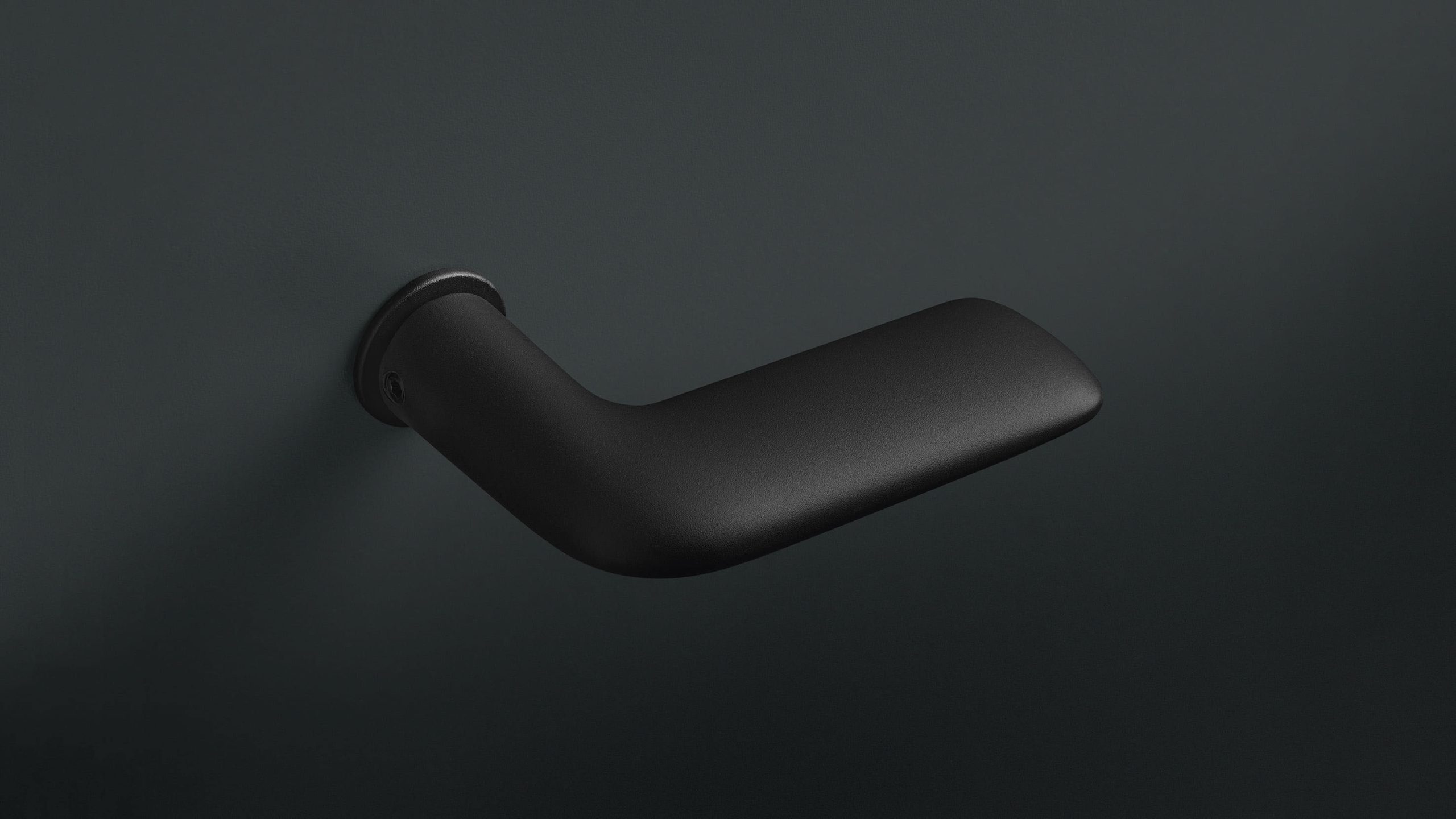
Example from the new handle series FSB 1292, which the industrial design team at Foster + Partners designed for the German manufacturer Franz Schneider Brakel
© Foster + Partners
GT: In 1980, you have established an industrial design team as an integral part of Foster + Partners. What do you think will be especially important for this team in the years to come?
NF: That team is has its identity, but it is completely dissolved into the work, the wider mission of the practice. So when you look at a an airport, for example, and you look at the soaring spaces of the enclosure, the way that the light is handled, the big movement of people—that all comes down to something like the doorknob in a house—to the point of human interface. So that is the most important part of the mission of that group within the practice: to create a seamless interface between the detail and the larger picture.
GT: Are there design objects or product categories that you personally collect?
NF: I collect stuff around me. This room here is not a bad example. If you go into the vitrine there, you’ll see an eclectic mixture of objects, some of which perhaps are immediately explicable: you look at an object and you say, that’s beautiful. It’s utilitarian. It might be a record player, it might be whatever. It has a function, but it also exists in its own right as a beautiful object. Some need a narrative because perhaps they’re more personal, less universal. But yes, I’m intrigued by objects, by possessions.
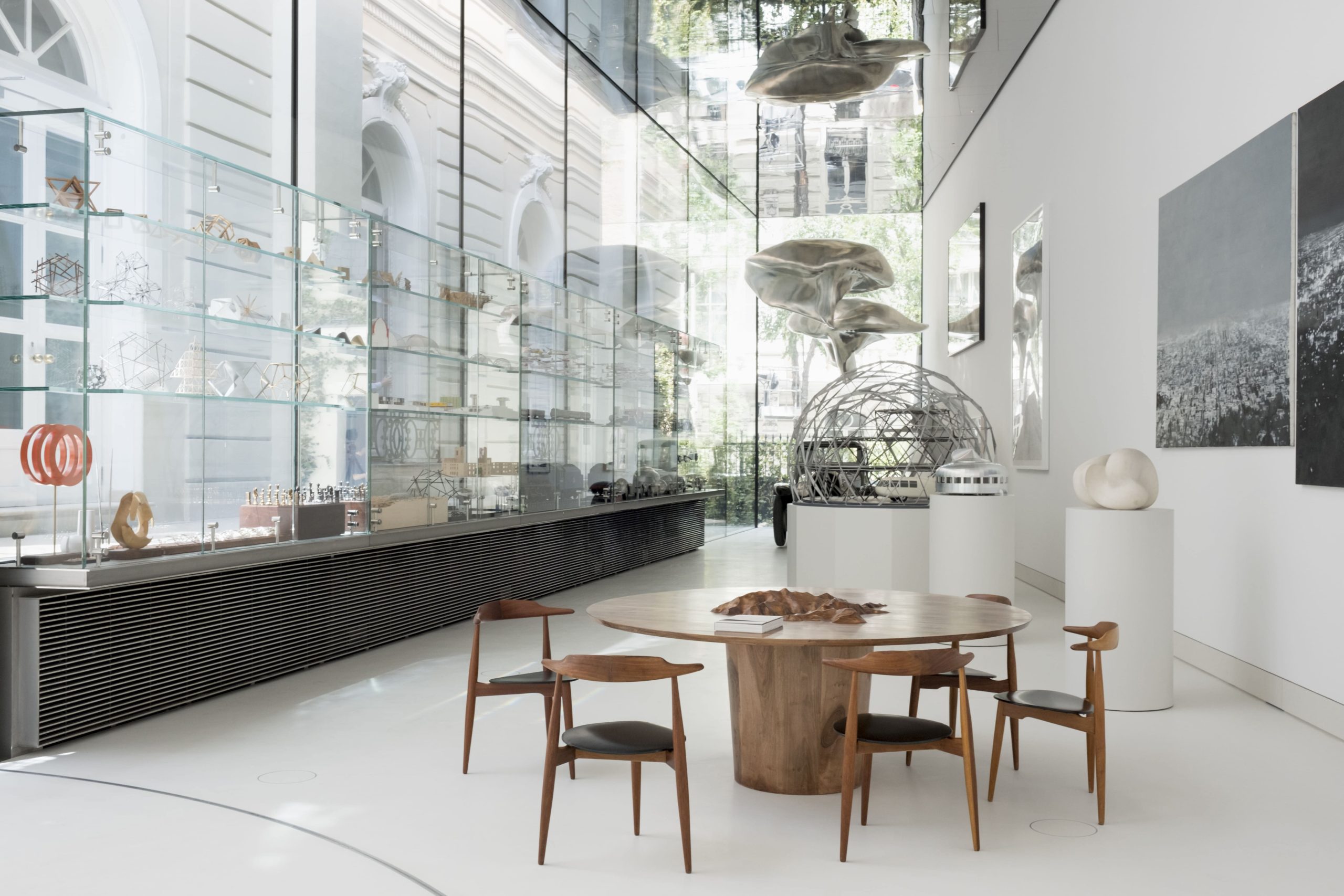
Insight into the extensive collection of design objects and architectural models on display at the British architect´s foundation
© Norman Foster Foundation
GT: When I saw the new ”Datum” tableware series that was designed by Foster + Partners with its minimalistic and functional approach, I had to think of Ulm. Have you ever visited the HfG Ulm in the 1960s when it was still running?
NF: I never visited Ulm. It certainly was a powerhouse of design. But Ulm, in a way continued the tradition of the Bauhaus. Those who founded Ulm, I’m sure would argue somewhat differently because they would have, I believe, certain issues with the Bauhaus. But those niceties aside, the individuals Max Bill, Otl Aicher and others were all eminent designers. I mean, distinguished designers who came together with a shared philosophy—and they created many of the objects that we’ve taken, perhaps more in the past, for granted. So that, I think, that is an inspirational example of the power of an institution to shape the lives of future designers. We need the equivalent. And my foundation is in the course of trying to do something about this, with its course on sustainable cities, to educate and inform based on objective data, using an evidence-based approach to improve the quality of life in cities to a more sustainable direction. So I think the issue of Ulm relates to a wider educational initiative and the need for that.
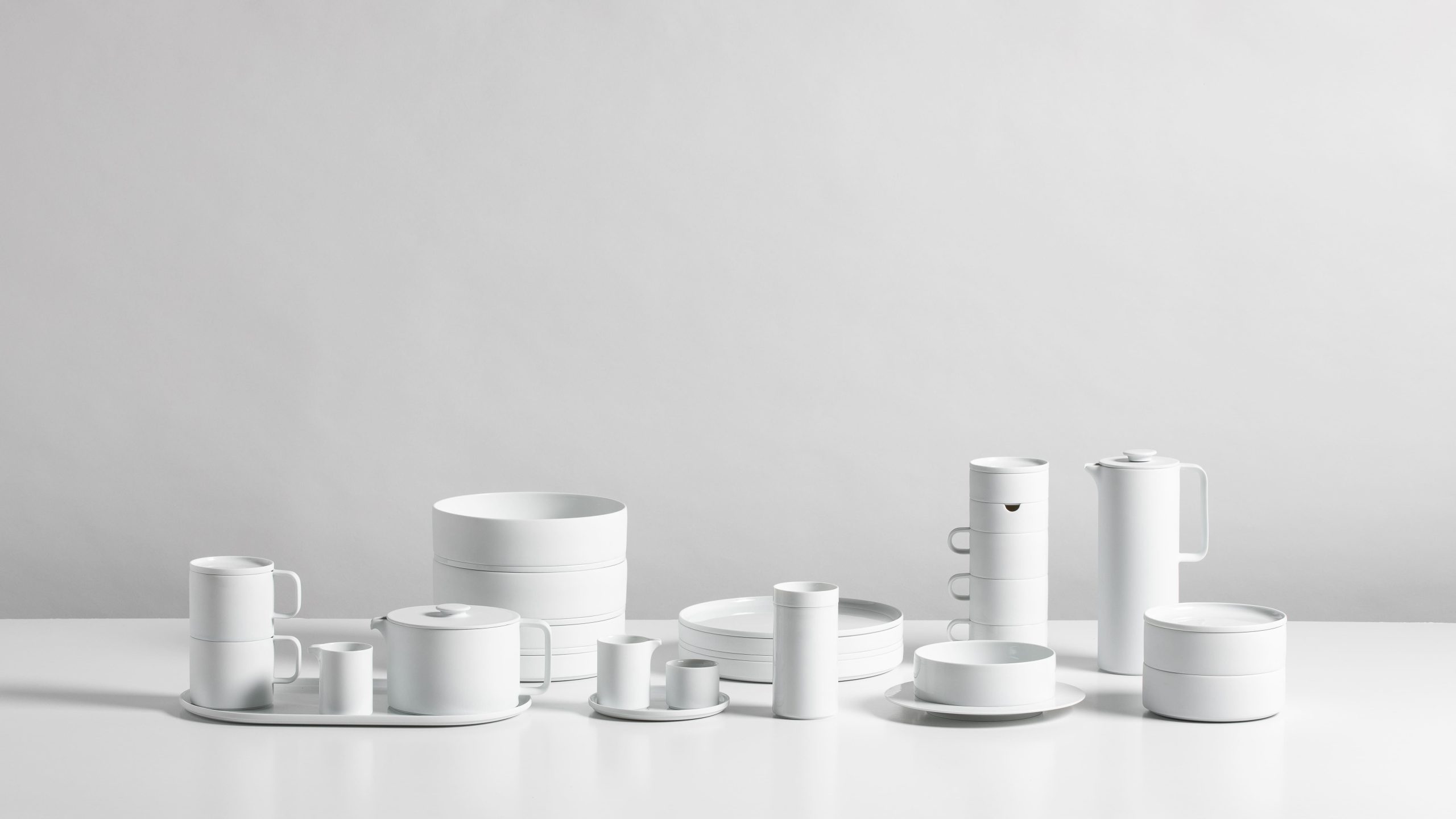
Foster + Partners designed the modular and stackable tableware “Datum” for Fürstenberg.
© Aaron Hargreaves / Foster + Partners
GT: Your buildings and designs often have a very contemporary appeal. In your new monography Works/Networks you have even included building projects that could one day be realized on the Mars. But the monography and the recent Paris exhibition at the Centre Pompidou, of course, deal with your life’s work of the past seven decades. How important is it for a designer or an architect to know about the historical accomplishments in those fields?
NF: History as a component of education is absolutely essential. It’s been said that if you want to look far ahead to the future, first look far back in time and at the lessons of history, which are so frequently ignored. For example, the very DNA of every city is in some way related to its past. When we look at the Georgian brick terraces of London, which are part of its DNA, we don’t see the Great Fire of London that heralded in fireproof construction party walls. When we look at the high rise buildings, we don’t think of the Great Fire of Chicago, which heralded in fireproof construction and which coincided with the birth of the elevator. I could go on with example after example. So the lessons of history are truly important. Critical.
GT: And to finish, looking back at your impressive work: Is there anything that you regret?
NF: What do I regret? I regret not having had the opportunity to design everything again that I’ve ever touched. (laughs)
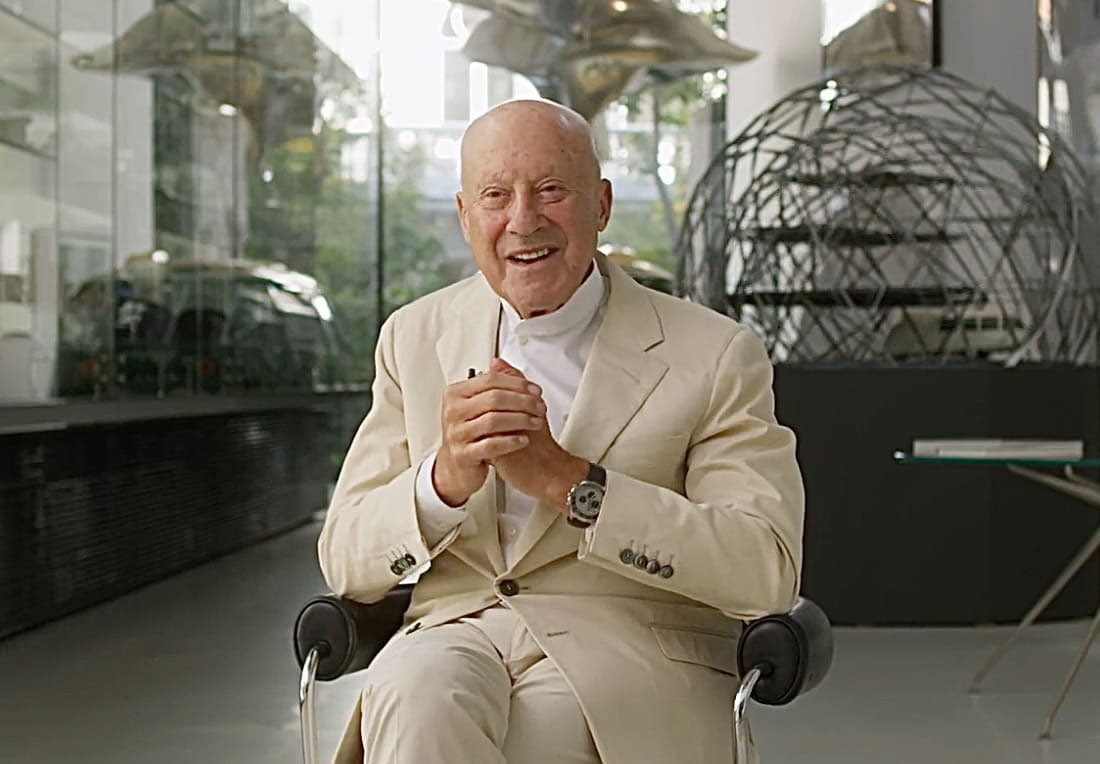
When asked whether he had any regrets looking back on his impressive work, Lord Norman Foster had to laugh
Film still © Norman Foster Foundation
More Contributions
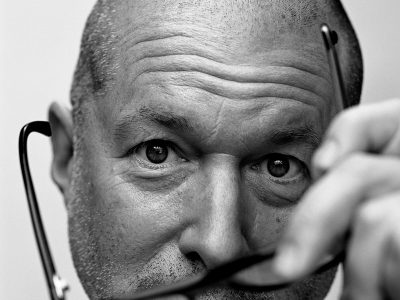
Jonathan Ive
Numerous international designers have expressed how much Dieter Rams‘ work means to them. But the impact of what Jonathan Ive did through words and actions for the Braun design revival of the Rams era was and is immense and ensures a worldwide response — to this day. Time for an interview with the long-time Apple design chief.

Fabio De'Longhi
In 2012, the family-run De’Longhi Group took over the Braun Household division. In our interview, Fabio De’Longhi talks about how he sees Dieter Rams‘ legacy and what he expects from the future in terms of design, production methods and management strategies.
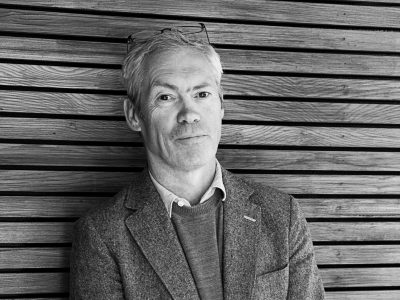
Jasper Morrison
Similar to Dieter Rams, one of Jasper Morrison’s grandfathers played a crucial role in his development as a designer. Here the British designer talks about his early, experimental years as a student in Berlin in the 1980s. And about how he classifies today’s phenomena such as retro design and AI.
/magazin/interviews/foster/